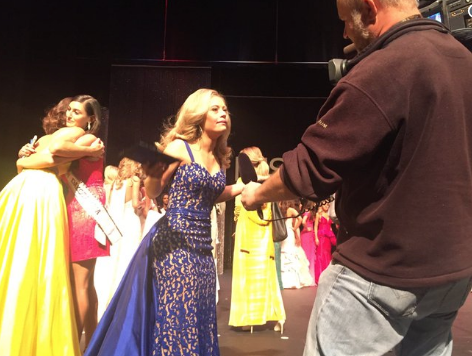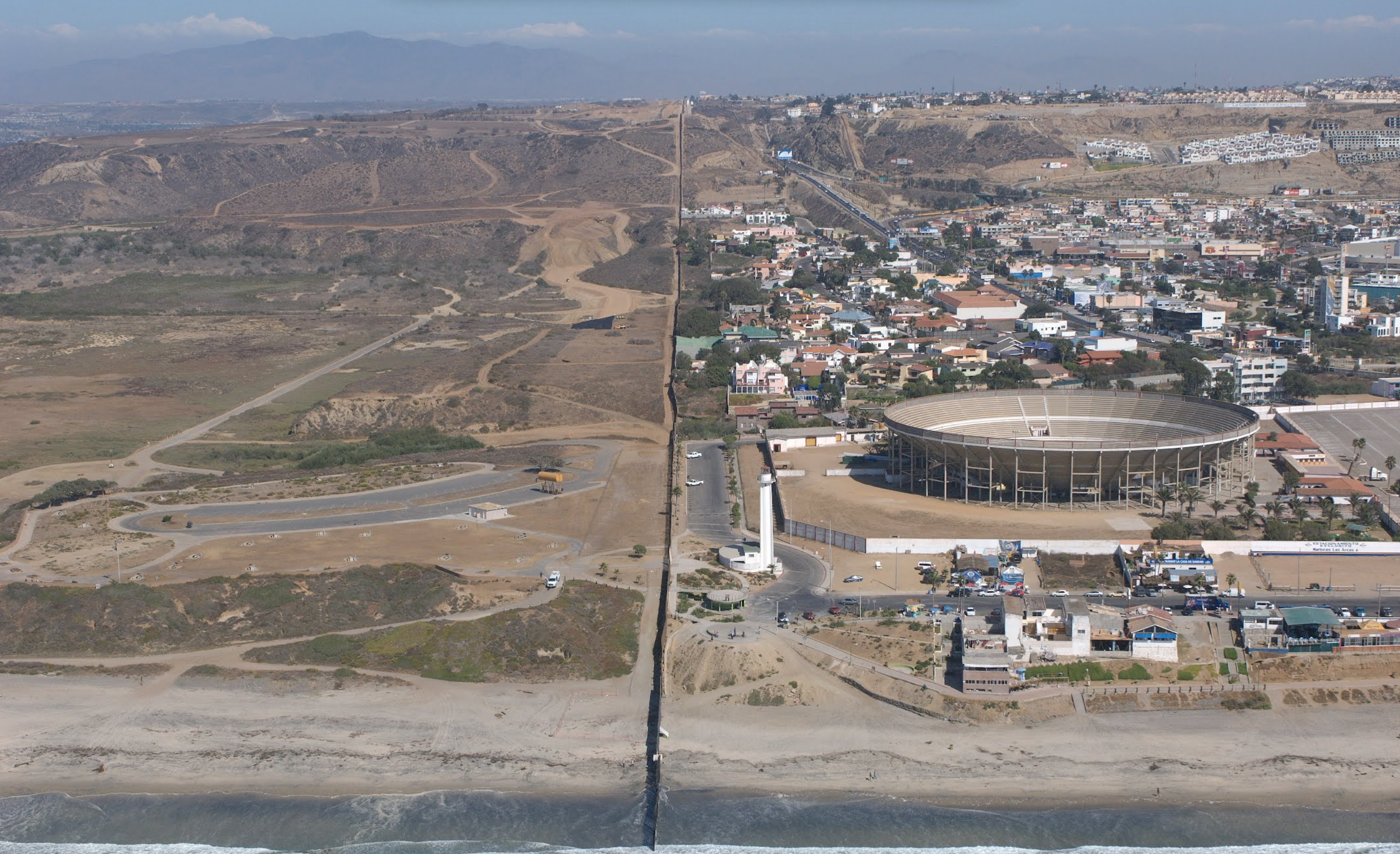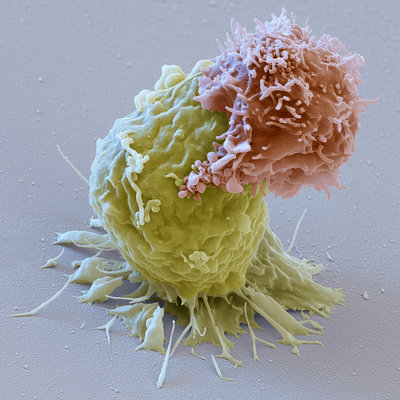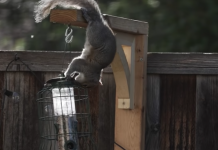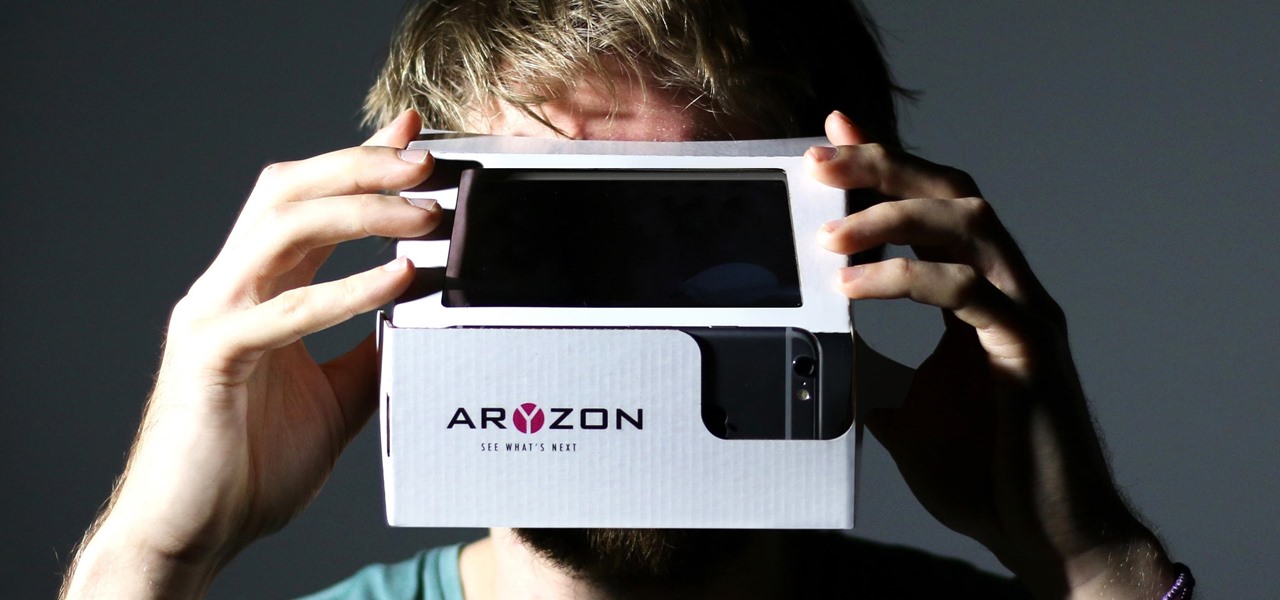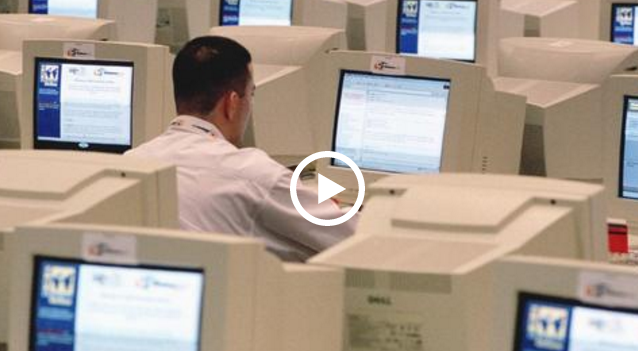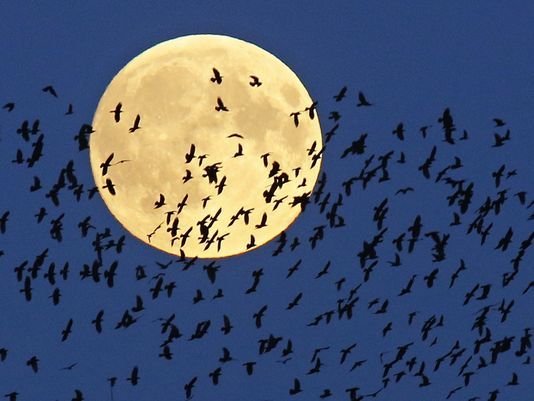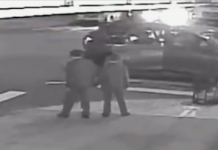The US will get to see a solar eclipse on August 21.
While the entire country will get to witness at least a partial eclipse, the lucky people who live along or travel to the 70-mile-wide streak of totality will see the moon completely block out the sun’s light as it crosses between the Earth and the sun.
For those who will be able to watch the total solar eclipse in person, there’s plenty to see up in the sky. But there are also some unexpected phenomena that happen on the ground during the eclipse.
Here are some of the things to keep an eye out for.
About 15 minutes before the eclipse has reached totality, the environment around you will start to change. Colors will fade or take on a blue-ish hue, according to Mark Littman and Fred Espenek, authors of “Totality: The Great American Eclipses of 2017 and 2024.”
The shadows you cast will start to get sharper than they usually are.
The temperature might feel cooler as the sunlight gets less intense.
Children use special glasses to look into the sky during a partial solar eclipse outside the Planetario on March 20, 2015 in Madrid, Spain.
The temperature might feel cooler as the sunlight gets less intense.
Children use special glasses to look into the sky during a partial solar eclipse outside the Planetario on March 20, 2015 in Madrid, Spain.
You’ll be able to see the partial eclipse reflected in the trees. The leaves act as filter, safely projecting the eclipse.
If you’re nearby wildlife, you might see some animals get anxious. Birds might fall silent during totality, and plants might think it’s night and start to close up.
The moon’s shadow will be visible in the west, especially if you’re on a hill. Littman and Espenek describe the shadow as “the granddaddy of thunderstorms but utterly calm.”
An illustration of a total solar eclipse.
A minute or so before and after totality, you might be able to see a phenomenon called “shadow bands.” The ripples of light look almost like the reflection at the bottom of a pool, but they come from the Earth’s atmosphere refracting the few rays of sunlight that peek through before and after totality. Here’s a video of it in action.
Depending on where you are during totality, it could look like the twilight that comes right after the sunset, or it might get so dark you’re not able to read. But it won’t be exactly like nighttime, according to Littman and Espenek. Here’s what Business Insider’s Dave Mosher saw on a flight through a solar eclipse in 2008:






